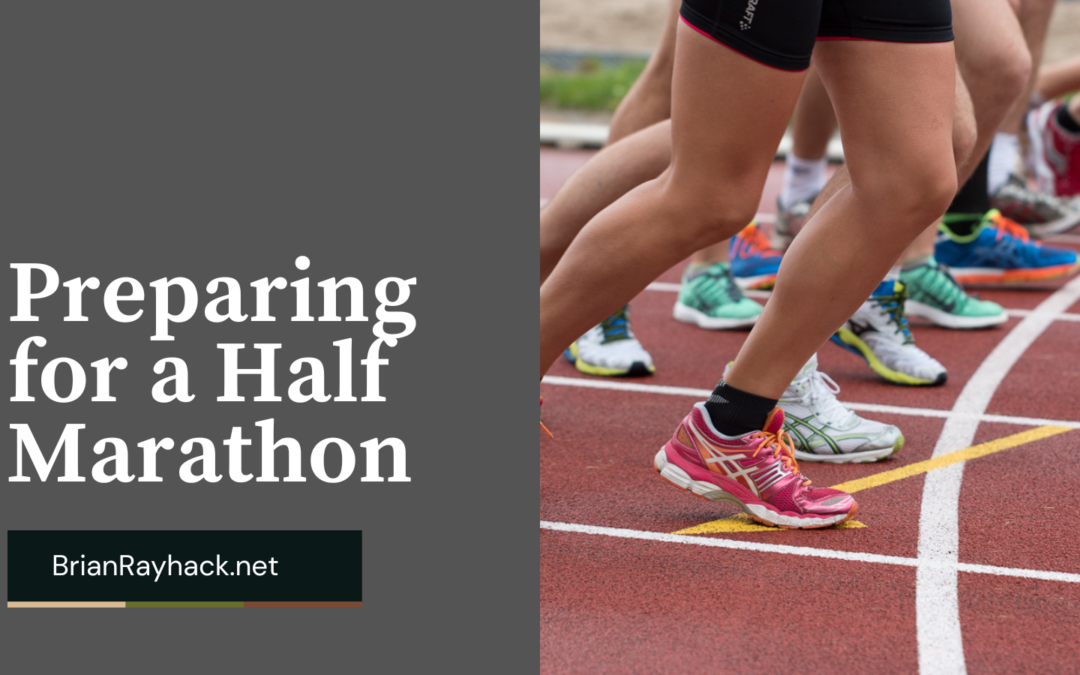One of the most important factors that a person should consider when training for a half marathon is putting in enough miles each week to get their body used to running for a long time. Beginners should start at around 10 to 15 miles per week, gradually increasing to a maximum of 25 to 30 miles during the week. For experienced runners, the goal is to reach a peak of 40 or more miles per week.
These are some of the lessons that apply to running any distance. I came across some great half-marathon tips.
Run for a reason
Getting into the training phase for a long-distance race can be daunting, even if you have a few of these under your belt. Before you start training, you must ask yourself why you’re doing it. This will allow you to identify the main reason behind your desire to run and provide yourself with the necessary motivation to reach your goal.
We all have different reasons for running. Some of these include wanting to try something new, raising money for a good cause, setting a personal best, or remembering a loved one. Regardless of why you choose to run, ensure you always remind yourself of the finish line.
Train for at least 13 weeks
It may seem unorthodox to allow yourself to train for every mile of a race, but at least for 13 weeks, you can build up your long run, key workouts, and weekly mileage without getting stale. This is also enough time to ensure you’re staying motivated. For instance, if you start out with a long run of around 4 or 5 miles, adding a little over a mile to your week’s long run will help you reach the goal of covering the distance on the race day.
For experienced runners, a 13-week training block that includes race-specific workouts and gradual increases in mileage can help you reach your goal of setting a new personal best. After you’re in shape, you can start reducing your training program to around ten weeks for the next race.
Find a shoe that works for you
There are so many different types of running shoes that you can choose from. How do you know which one is right for you? Ask a running expert, and they’ll tell you which shoe is most comfortable for you.
We’ve got you covered, as we’ll guide you through the process of finding the ideal pair of running shoes based on your specific needs and experience.
Recruit a marathon training partner
One of the most important factors you should consider when training for a long-distance race is having a training partner. This will allow you to keep track of your progress and keep you motivated. They’ll also be there to support you on race day, share their experiences, and celebrate with you after the race.
If you’re not motivated by the thought of running alone, consider getting a training partner instead. Having someone else to work with can help you get up and leave the door. If you want to improve your time, start by finding a partner who is faster than you.
Study the course
Before the race, you must know the course’s conditions, such as its hilly or flat, and potential wind conditions. This will allow you to plan ahead and avoid getting caught by surprise.
A general wouldn’t go into battle without knowing the plans for the next move, and a runner shouldn’t train without knowing the details of the course that will be used for the event. Try to study the details of the race course in advance of the race so that you can incorporate those elements into your key workouts.

